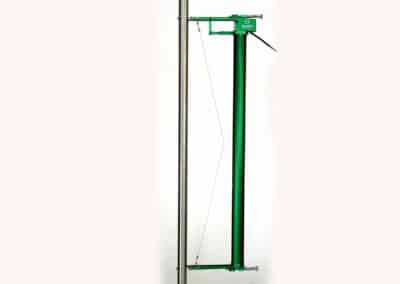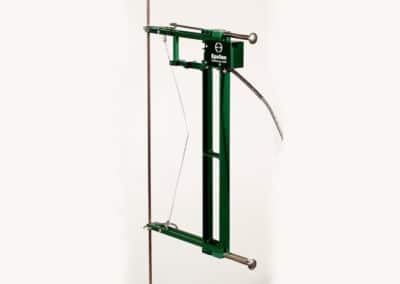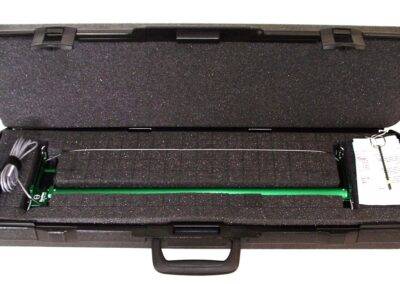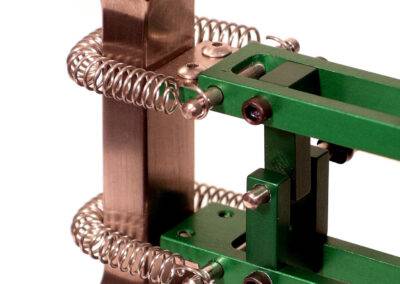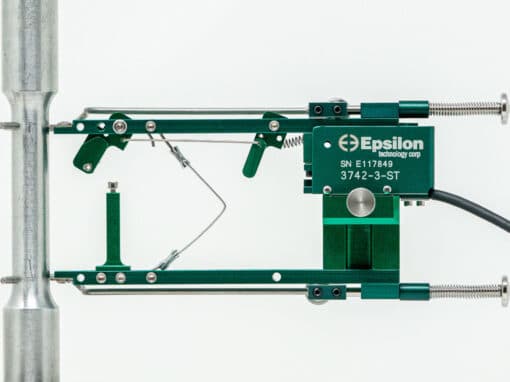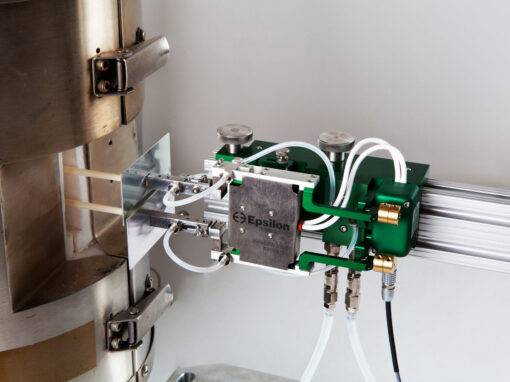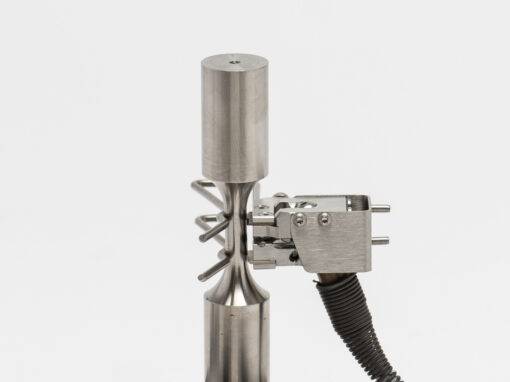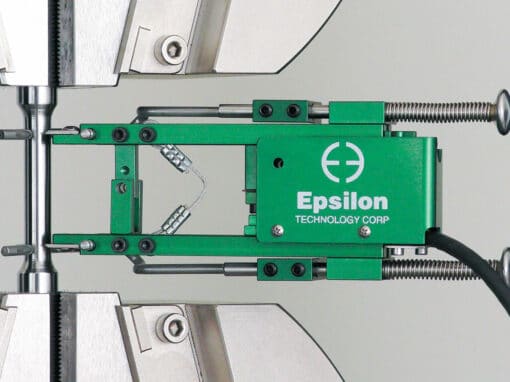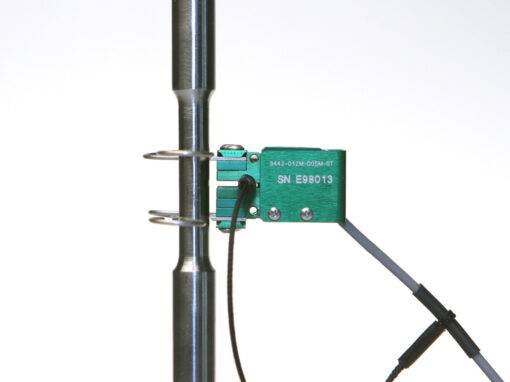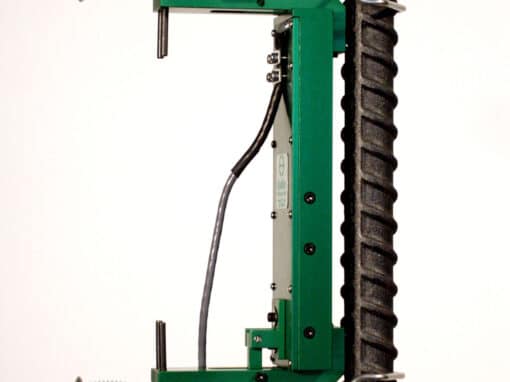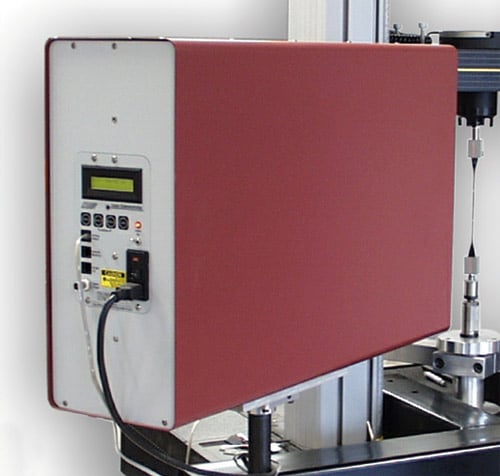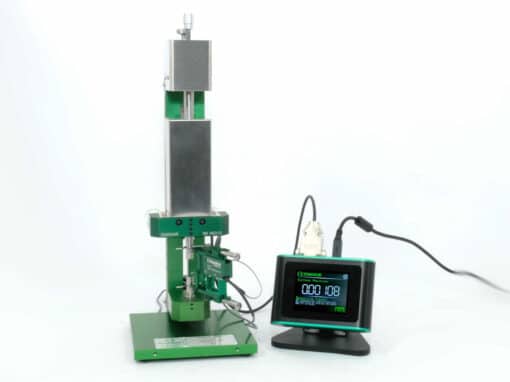Long Gauge Length Axial Extensometers – Model 3542L
Long gauge length extensometers with gauge lengths 100 mm (4 inches) or greater for tensile and compression testing. These units are for long gauge length applications where low-level strain measurements such as offset yield are required.
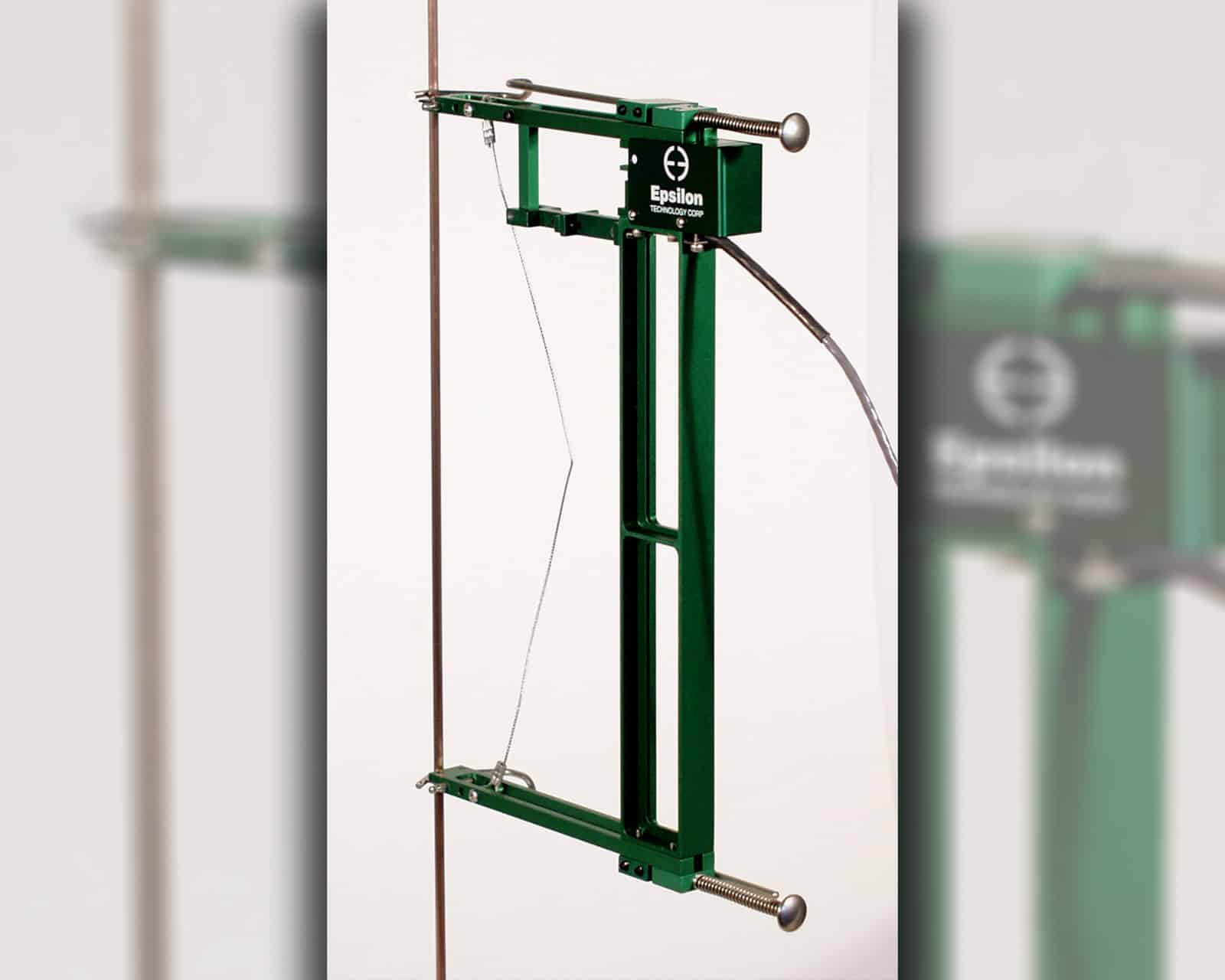
Operation of these, and all of Epsilon’s extensometers, are
VERIFIED TO APPLICABLE STANDARDS SUCH AS ASTM E83 OR ISO 9513
using in-house calibration systems that are calibrated with Epsilon’s laser interferometer system.
WITH OVER 30 YEARS OF SERVICE
to the materials testing community, you know we will be there to stand behind our products when your critical application requires it.
The dual flexure design makes the 3542L very rugged and insensitive to vibrations. These extensometers are designed for testing a wide range of materials including metals, plastics, composites and ceramics. Epsilon’s Model 3543 is recommended for applications requiring long gauge lengths and larger measuring ranges.
The Model 3542L comes standard with Epsilon’s quick attach kit, making it easy to mount the extensometer on the test specimen. The quick attach kit can be removed, allowing mounting of the extensometer with springs or rubber bands.
Model 3542L extensometers are strain gaged devices, making them compatible with any electronics designed for strain gaged transducers. Most often they are connected to a test machine controller with electronics for a strain channel, and Epsilon will equip the extensometer with a compatible connector that is wired to plug directly into the controller. For systems lacking the required electronics, Epsilon can provide a variety of signal conditioning solutions that enable connecting to data acquisition systems or other equipment.
For gauge lengths less than 100 mm (4 inches), see Models 3742, 3542, and Epsilon ONE®.
- May be left on through specimen failure in most applications.
- Full bridge, 350 ohm strain gaged design for compatibility with nearly any test system.
- All models can measure in both tension and compression and can be used for cyclic testing.
- Mechanical overtravel stops in both directions.
- Standard quick attach kit allows quick mounting to specimens.
- Hardened tool steel knife edges are easily replaced. A spare set comes with every extensometer.
- High and low temperature options extend operation from as low as -270 °C (-454 °F) to +200 °C (400 °F).
- Replaceable arms and spacers for ease of repair. This also allows changing the gauge length for different test requirements.
- Includes the Epsilon Shunt Calibration System for on-site electrical calibration.
- Rugged, dual flexure design for strength and improved performance. Much stronger than single flexure designs, this also allows cyclic testing at higher frequencies.
- Includes high quality foam lined case.
Specimen Sizes and Attachment:
Wireforms are included for round samples up to 25 mm diameter (1.0 inch) and flats to 12 mm thick by 31 mm wide (0.5 inch by 1.25 inch); wireforms are available for many other specimen sizes – contact Epsilon
Accuracy: Standard configurations meet ASTM E83 class B-1 and ISO 9513 class 0,5 requirements for accuracy. A test certificate is included.
Linearity: ≤0.15% of full scale measuring range
Temperature Range: Standard (-ST) is -40 °C to +100 °C (-40 °F to 210 °F); see Ordering Information for additional ranges
Operating Force: Depends on model configuration, less than 30 g typically
Cable: Integral, ultra-flexible cable, 2.5 m (8 ft) standard
Excitation: 5 to 10 VDC recommended, 12 VDC or VAC max.
Output: 2 to 4 mV/V, nominal, depending on model
![]()
- Quick attach kit wireforms for large specimens
- Adapter kits to change gauge lengths
- Connectors to interface to nearly any brand of test equipment
- Special coatings and stainless steel knife edges available for biomedical tests
- Specialty Knife Edges
Ordering Information
Click table options to configure
-
pGauge Length
Selecting Extensometer Gauge Length

Extensometer Gauge Length is the distance between the extensometer’s initial measuring points on the specimen. If you are using a testing standard, check the standard for extensometer gauge length requirements. Many test standards specify the specimen dimensions and a matching extensometer gauge length.
Many specimens have a reduced section length that is designed to be greater than the extensometer’s gauge length.
| mm or inches | # |
|---|---|
| 100 mm | -100M |
| 150 mm | -150M |
| 200 mm | -200M |
| 250 mm | -250M |
| 500 mm | -500M |
| 600 mm | -600M |
| 4.000 in | -0400 |
| 6.000 in | -0600 |
| 8.000 in | -0800 |
| 10.000 in | -1000 |
| 20.000 in | -2000 |
| 24.000 in | -2400 |
-
pMeasuring Range
Selecting Extensometer Measuring Range
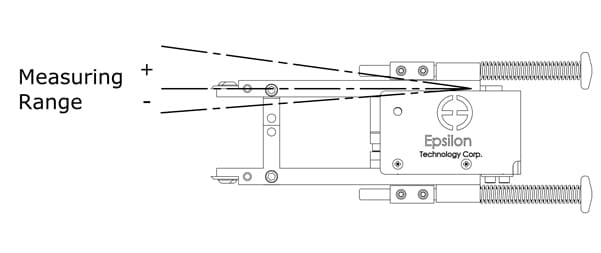
Measuring Range is the measuring capacity of the extensometer in tension (+) or compression (-) in units of % strain, maximum extension, or maximum deflection. When measuring range is in units of % strain, this means the maximum extension as a percentage of the gauge length.
Estimate the maximum strain or extension values you will need to measure, such as the total strain when the extensometer is removed after offset yield or the elongation at fracture. Then select a measuring range for the extensometer that meets or exceeds the requirements for the materials you are testing. If you are using a testing standard, also check the standard for extensometer requirements.
| extension | # |
|---|---|
| ±2.5 mm | -0025M |
| ±6.0 mm | -006M |
| +12.5/-6.0 mm | -0125M |
| +25.0/-6.0 mm | -025M |
| ±0.10 in | -010T |
| ±0.25 in | -025T |
| +0.50/-0.25 in | -050T |
| +1.00/-0.25 in | -100T |
| degrees | # |
|---|---|
| -270 °C to 100 °C (-454 °F to 210 °F) | -LT |
| -40 °C to 100 °C (-40 °F to 210 °F) | -ST |
| -40 °C to 150 °C (-40 °F to 300 °F) | -HT1 |
| -40 °C to 200 °C (-40 °F to 400 °F) | -HT2 |
| -270 °C to 200 °C (-454 °F to 400 °F) | -LHT |
Selected Tensile Measuring Range: _ _ _ _
Example: 3542L-200M-0125M-ST: 200 mm gauge length, +12.5 / -6.0 mm measuring range, standard temperature option (-40 °C to 100 °C)
Related Models
Repairs/Service
If your unit is in need of service, calibration or repair, initiate the RMA process with us and we will be happy to assist.
Get Our Newsletter
Sign up for our newsletter to get the most up-to-date information on products and services.
Download Catalog
Our 2025 Extensometer Catalog, Version 111 is now available! Not finding something you’re looking for? Ask us about a custom quote.

